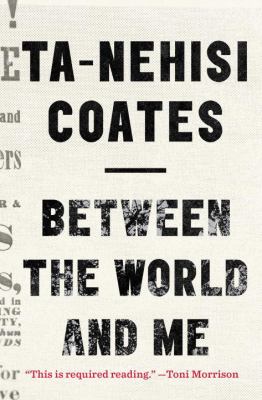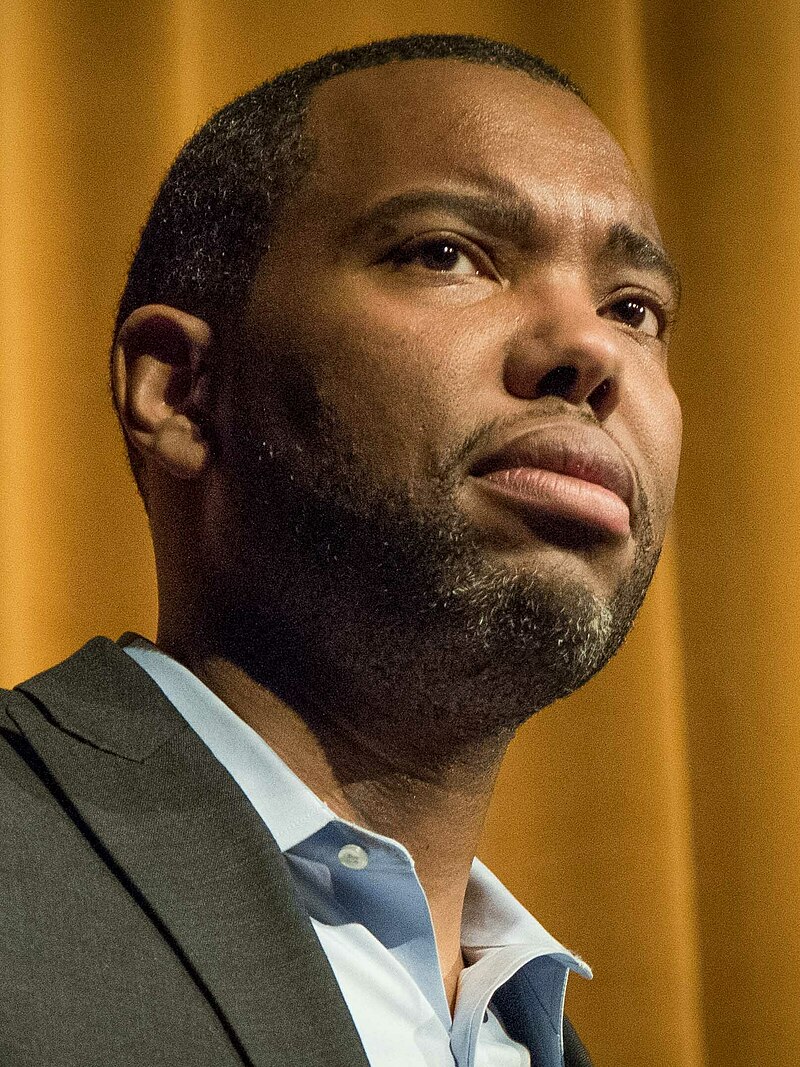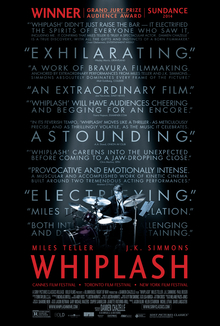CAUCASIAN IDENTITY POLITICS
60%
Well‑written, easy‑to‑read - yet oddly‑repetitive - overview of the intellectually‑ and emotionally‑crippling nature of the White guilt foisted on White people by the unearned advantages which all White people experience.
This short book is primarily aimed only at White people since it talks about issues every Black person is aware‑of from inevitably‑extensive experience with White supremacy. It is also written by a White woman who understands the sociological issues fairly well, but does not understand the psychological reality that White people need White supremacy to lazily‑define themselves - an invented right which they will cling‑to to the very death, the deaths of as many People of Colour as they can manage to destroy with impunity.
Given the enormous, five‑century long Caucasian economic investment in the White supremacy which has made them the wealthiest ethnic group in the world, it is not surprising that this leads Whites to experience massive cognitive dissonance regarding their professed belief in equality and meritocracy and their enduring failure to practice what they preach. This, further, leads White people to want to believe that there is something wrong with Black people's genes and, therefore, nothing wrong with racism. In other words, for White people, it is always better to be White - except when this fact is pointed‑out, when it feels like a personal attack on every White person's moral character and personal integrity.
The reality is that White culture is dependent upon White supremacy for its continuation in its present form; hence, the White anger, White denial & White violence needed to try and force its intended victims to live in fear of it and to get them to comply with it.
Although Robin DiAngelo realises how White supremacy operates, she does not really understand it because she has never experienced it first‑hand. This explains why she makes the claim which is ultimately fatal to her persuasive argument; namely, that mush of White supremacy is unconsciously enacted, despite the rather obvious fact that no White person who is uncomfortable, angry & resentful in the presence of a Person of Colour is ever remotely unaware of this discomfort. Are arachnophobes unconsciously scared of spiders; are gynophobes unconscious of their resentment in the presence of sexy women? Of course not.
She even claims that the ‘United States was founded on the principle that all people are created equal’. An obvious lie which she does not correct by clearly stating that her culture is, in essence, nothing more than a massive fraud. This is place that even self‑proclaimed White anti‑racists dear not go, for fear of outing themselves as the confused White supremacists they really are, underneath. This is also why so many claim the existence of unconscious racism: It is an example of preventive self‑defence; an attempt to let them off the hook, in advance, should their anti‑racist mask slip to reveal the awful reality underneath, that they also struggle with the racist brainwashing that all Whites do, and often fall short of their egalitarian ideals.
Where she is correct, however, is in her claim that White people are profoundly unwilling to come‑to‑terms with the irrational source of this discomfort and self‑alienation, along with generic White denials of being racist which are designed to ignore and invalidate Black experiences as nothing more than worthless lies or playing a Race Card - a card that only White people can play in the very act of claiming Black people are claiming when White people become uncomfortable in their presence. (A White Card - in White cultures, Black people cannot possess a Race Card; and, in Black cultures, do not need one.)
However, the author then proceeds to fall into her own racist trap of claiming the existence of unconscious racism, which allows her and her White readers to feel that their implicit bias against Black people is not really their fault, despite their being perfectly conscious of how scared they feel of Black people when they are in public places with them. This makes the book as racist as those she critiques; especially since she has little to say about the White guilt which drives White fragility nor much to say about her own admittedly‑racist attitudes.
And it is in the psychological arena that this author reveals her ignorance, since she has little to say about the corollary of White privilege, which is White guilt - the single greatest cause of White people not being able to think clearly about the inherent evil which they all benefit from. In this regard, this book offers nothing new or more insightful than the works of W E B Du BOIS, James BALDWIN or Richard WRIGHT - whose works Caucasians largely refuse to read. It is this latter point which really explains why Whites find it impossible to talk about racism, their unwillingness to believe that Black people need to be listened‑to. Even the White author of this book still has some way to go before she has a fuller understanding of her own ideas.









